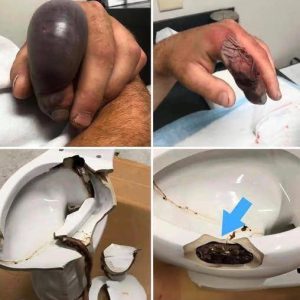In 2014, adventurer Paul Rosolie attempted a shocking stunt: to be eaten alive by a green anaconda. His goal wasn’t fame—it was to raise awareness about the destruction of the Amazon rainforest. “This was about showing people just how incredible these animals are—and how much we stand to lose if we don’t protect their home,” Rosolie explained.
Despite years of conservation work, Rosolie felt the world was ignoring the Amazon’s decline. So, he worked with the Discovery Channel to stage an event people couldn’t ignore. Wearing a custom carbon-fiber suit equipped with cameras and breathing gear, Rosolie faced a 20-foot female anaconda.
As the snake wrapped around him, he recalled, “The coils are wrapping around me; she’s pinned my arms.” The pressure became unbearable, and the team had to pull him out before he lost consciousness.
Though the snake didn’t fully swallow him, the broadcast triggered global headlines and intense debate. Some praised Rosolie’s boldness; others questioned the ethics. Still, it worked—conservation became a trending topic, and new audiences learned about the Amazon’s fragility.
Rosolie’s stunt proved that sometimes, to make people care about nature, you have to risk everything—and make them watch.





